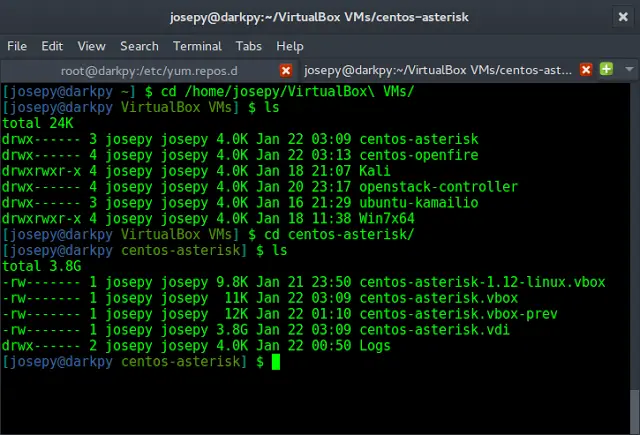These routines can be particularly useful when serving JSON objects over APIs since they can be used to keep the length and size of JSON objects under control. Web servers have restrictions on the size of JSON objects served via APIs.
Finding the Size of the Dictionary in Bytes
The size of a Dictionary means the amount of memory (in bytes) occupied by a Dictionary object. In this article, we will learn various ways to get the size of a Python Dictionary.
Get Size of Dictionary using getsizeof() function
The getsizeof() function belongs to python’s sys module which helps us to determine the memory size of the dictionary object in bytes.
Python3
import sys# sample Dictionariesdic1 = {"A": 1, "B": 2, "C": 3}dic2 = {"Geek1": "Raju", "Geek2": "Nikhil", "Geek3": "Deepanshu"}dic3 = {1: "Lion", 2: "Tiger", 3: "Fox", 4: "Wolf"}# print the sizes of sample Dictionariesprint("Size of dic1: " + str(sys.getsizeof(dic1)) + "bytes")print("Size of dic2: " + str(sys.getsizeof(dic2)) + "bytes")print("Size of dic3: " + str(sys.getsizeof(dic3)) + "bytes") |
Output:
Size of dic1: 216bytes Size of dic2: 216bytes Size of dic3: 216bytes
Get Size of Dictionary using __sizeof__() method
Python also has an inbuilt __sizeof__() method to determine the space allocation of an object without any additional garbage value. It has been implemented in the below example.
Python3
# sample Dictionariesdic1 = {"A": 1, "B": 2, "C": 3}dic2 = {"Geek1": "Raju", "Geek2": "Nikhil", "Geek3": "Deepanshu"}dic3 = {1: "Lion", 2: "Tiger", 3: "Fox", 4: "Wolf"}# print the sizes of sample Dictionariesprint("Size of dic1: " + str(dic1.__sizeof__()) + "bytes")print("Size of dic2: " + str(dic2.__sizeof__()) + "bytes")print("Size of dic3: " + str(dic3.__sizeof__()) + "bytes") |
Output:
Size of dic1: 216bytes Size of dic2: 216bytes Size of dic3: 216bytes




